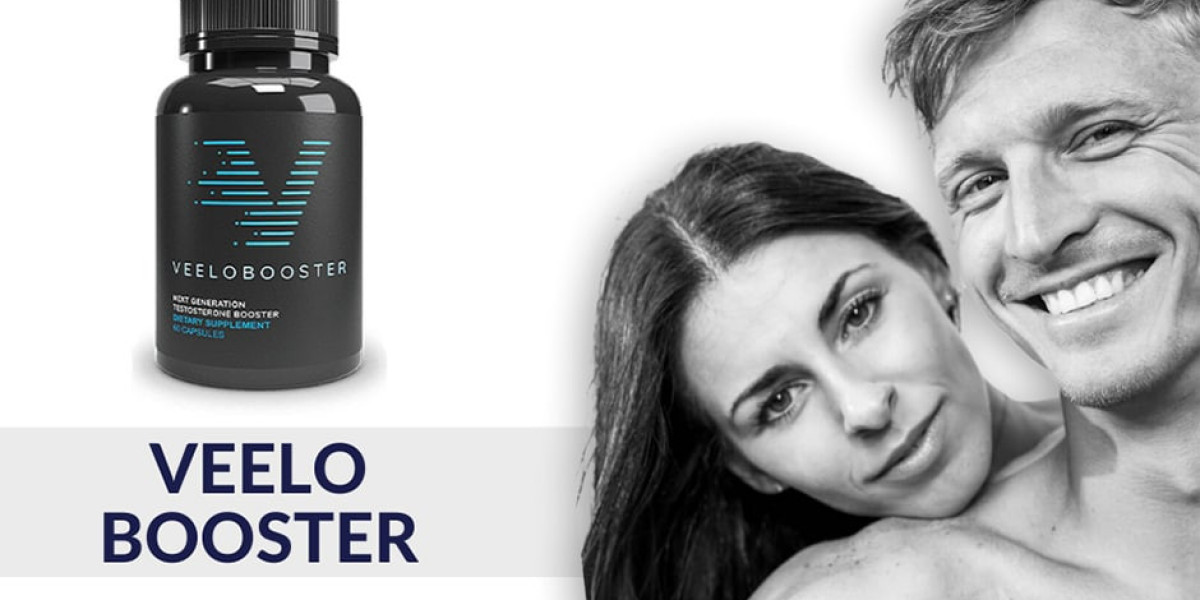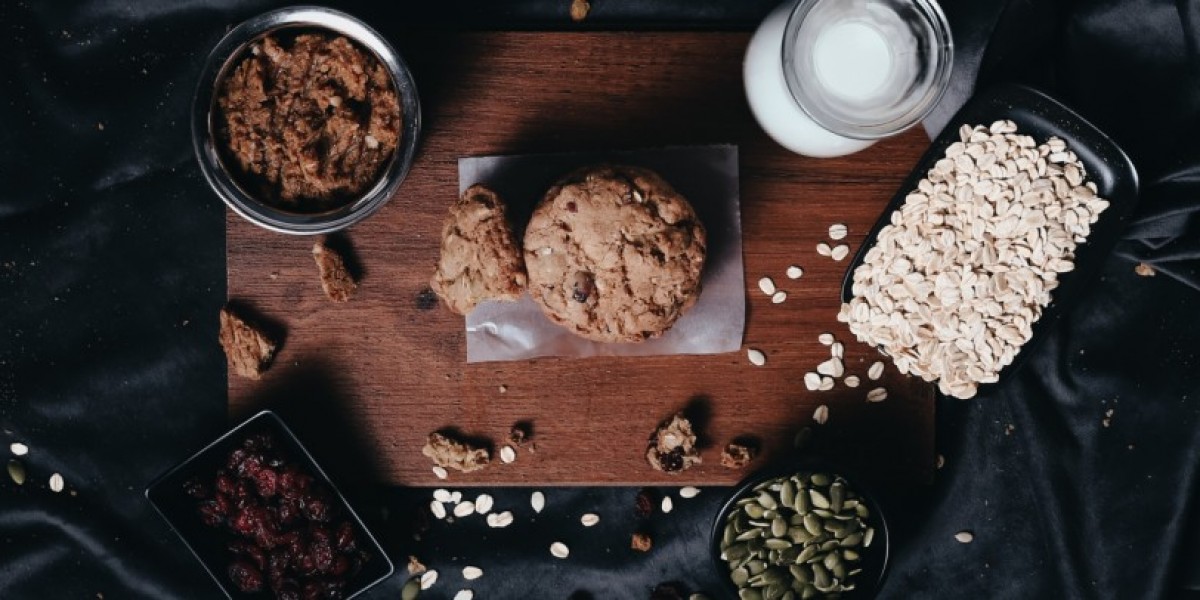Laundry cleaning products are essential for maintaining the cleanliness and freshness of our clothes, bedding, and other fabrics. With a wide range of options available, selecting the right laundry cleaner and using it effectively can make a significant difference in the outcome of your laundry routine. This guide explores the different types of laundry cleaners, their specific uses, and best practices for achieving optimal results.
Types of Laundry Cleaners
Liquid Detergents
- Purpose: Liquid detergents are versatile and effective at cleaning various types of stains. They dissolve easily in water and are ideal for pre-treating stains.
- Common Uses: Everyday laundry, pre-treating stains, and washing in both standard and high-efficiency washing machines.
- Examples: Tide Liquid Laundry Detergent, Persil ProClean Liquid Detergent.
Powder Detergents
- Purpose: Powder detergents are often more cost-effective and work well for lifting ground-in dirt and stains. They are suitable for hard water areas and are generally less likely to leave residue on clothing.
- Common Uses: Regular laundry loads, especially in areas with hard water.
- Examples: Arm & Hammer Laundry Detergent Powder, OxiClean High Def Sparkling Fresh Powder.
Pods and Tablets
- Purpose: Laundry pods or tablets offer convenience and pre-measured doses of detergent. They are designed to dissolve completely during the wash cycle, releasing detergent in the right amount.
- Common Uses: All types of laundry, including those requiring precise detergent measurements.
- Examples: Tide Pods, Persil ProClean Discs.
Fabric Softeners
- Purpose: Fabric softeners make clothes feel softer and reduce static cling. They can also help in reducing wrinkles and making ironing easier.
- Common Uses: Post-wash treatment to enhance fabric feel and reduce static.
- Examples: Downy Fabric Softener, Snuggle Blue Sparkle Fabric Softener.
Stain Removers
- Purpose: Stain removers are designed to target and break down specific types of stains like grease, blood, or wine. They often contain enzymes or chemicals tailored to particular stains.
- Common Uses: Treating stains before or during the washing process.
- Examples: OxiClean MaxForce, Zout Laundry Stain Remover.
Bleach
- Purpose: Bleach is used for whitening whites and disinfecting fabrics. It effectively removes tough stains and brightens colors.
- Common Uses: Disinfecting whites, removing stubborn stains, and brightening laundry.
- Examples: Clorox Regular Bleach, Lysol Laundry Sanitizer.
Natural and Eco-Friendly Detergents
- Purpose: These detergents use natural ingredients and are free from synthetic chemicals, making them a more environmentally friendly option.
- Common Uses: Everyday laundry for those with sensitive skin or eco-conscious consumers.
- Examples: Seventh Generation Laundry Detergent, Mrs. Meyer's Clean Day Laundry Detergent.
Best Practices for Using Laundry Cleaners
Measure Correctly
- Use the recommended amount of detergent based on the size of the load and the level of soiling. Overuse of detergent can lead to residue buildup on clothing and in the washing machine.
Follow Manufacturer Instructions
- Always adhere to the instructions provided by the detergent manufacturer. This includes dosage recommendations and specific instructions for various types of fabrics.
Pre-Treat Stains
- For stubborn stains, apply a stain remover or a small amount of detergent directly to the stain before washing. Gently rub the area and allow it to sit for a few minutes before laundering.
Use the Right Temperature
- Wash clothes in the appropriate water temperature as recommended on the care label. Hot water is effective for greasy stains and whitening, while cold water is suitable for dark colors and delicate fabrics.
Avoid Overloading
- Do not overload the washing machine, as this can reduce the effectiveness of the detergent and prevent proper cleaning. Leave enough space for water and detergent to circulate.
Rinse Thoroughly
- Ensure that the laundry is rinsed thoroughly to remove any detergent residues. This helps in maintaining fabric softness and prevents skin irritation.
Store Detergents Safely
- Keep laundry detergents and other cleaning products in a cool, dry place away from children and pets. Follow storage instructions on the product label.
Check for Allergies
- If you or your family members have sensitive skin, consider using hypoallergenic or fragrance-free detergents to avoid irritation.
Conclusion
Selecting and using the right laundry cleaner can greatly impact the quality of your laundry results. By understanding the different types of laundry cleaners and following best practices, you can ensure your clothes remain clean, fresh, and well-maintained. Whether you opt for traditional or eco-friendly products, proper use and storage of laundry cleaners are essential for achieving optimal results and maintaining fabric longevity.








